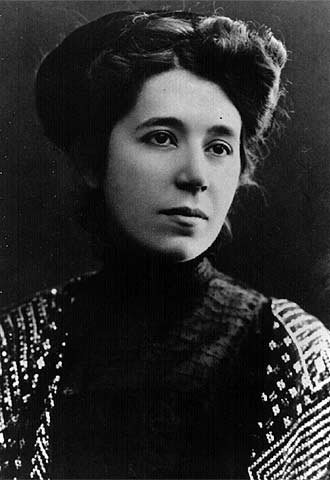Water in Granada: A legacy flowing through its history, architecture, and soul.
Since ancient times, water has symbolized both the sustenance of life and the promise of eternal youth. In Granada, it is inseparably linked to Muslim history and culture—in other words, it forms part of the city’s very DNA.
During the Nasrid era, water played a crucial role in shaping architectural design. Reservoirs, canals, and fountains were not merely decorative; their constant presence throughout the city connected spaces that, at first glance, appeared unrelated. This integration of water into urban planning gave Granada a unique harmony and fluidity.

Hammam Al Ándalus Granada – Hot Room
The significance of water in daily life is evident in the abundance of natural springs scattered throughout the region, many with distinctive properties. More than a vital resource, water offered tranquility, health, and beauty. In Muslim Granada, it often acted like a mirror, reflecting and multiplying the intricate decorations around it. Combined with light, it infused the urban landscape with vitality and gave rise to mystical compositions of unparalleled charm.
The Alhambra stands as the most striking example of this relationship between water and culture. Yet Granada was not unique in this regard. Across the Iberian Peninsula, the Arabs—who inhabited the land for centuries—could not imagine life or a city without water. This belief fostered the widespread culture of public baths, or hammams, which gradually became an integral part of daily life.
The Arab baths themselves reveal the reverence for water within Muslim society. This devotion stemmed from its physical and restorative qualities, as well as the way it revitalized the human body. As noted in previous articles on this blog, bathing was less about personal hygiene and more a deeply rooted social custom—a space for connection, relaxation, and cultural exchange.
Beyond its physical benefits, water held a profound spiritual significance. It played an essential role in liturgical rituals, symbolizing the purification of the soul. In Granada, this sacred dimension merged seamlessly with the everyday enchantment of the Alhambra, where water and architecture together created an atmosphere of timeless beauty.




